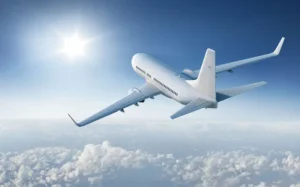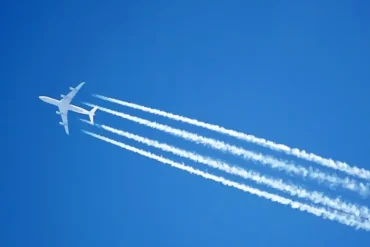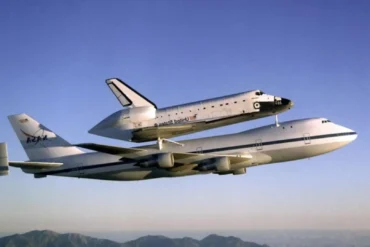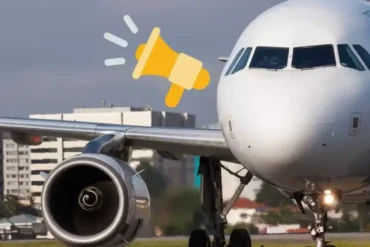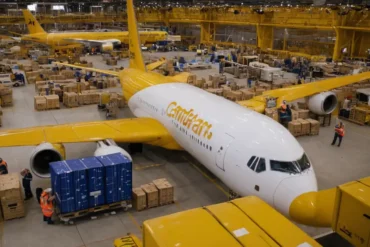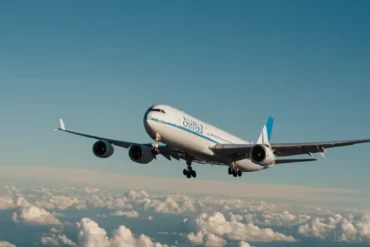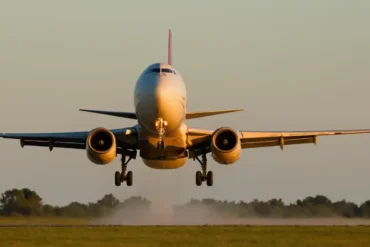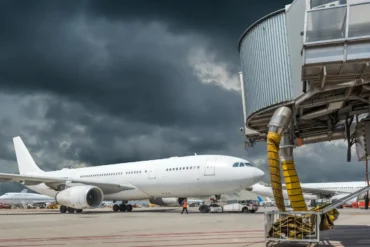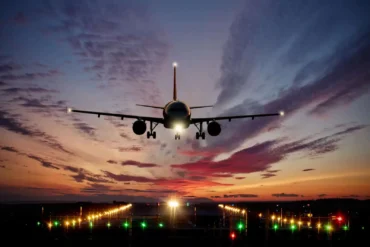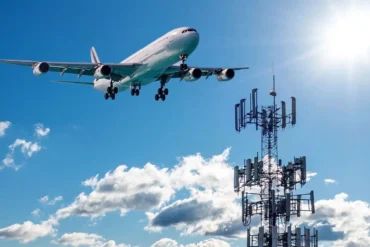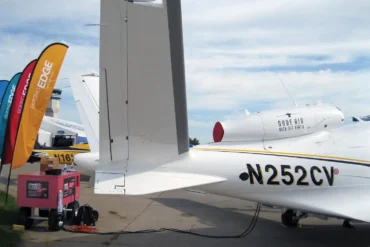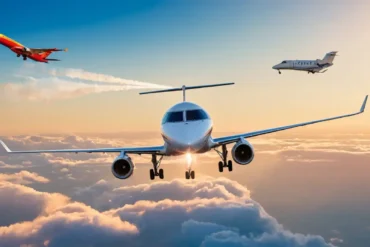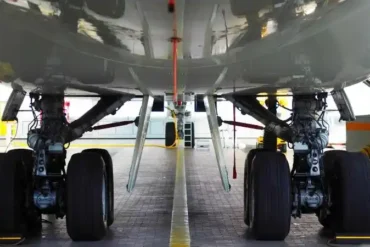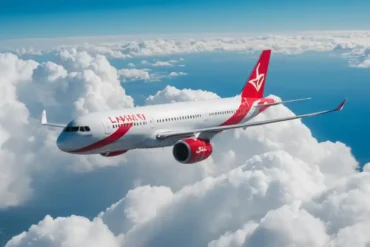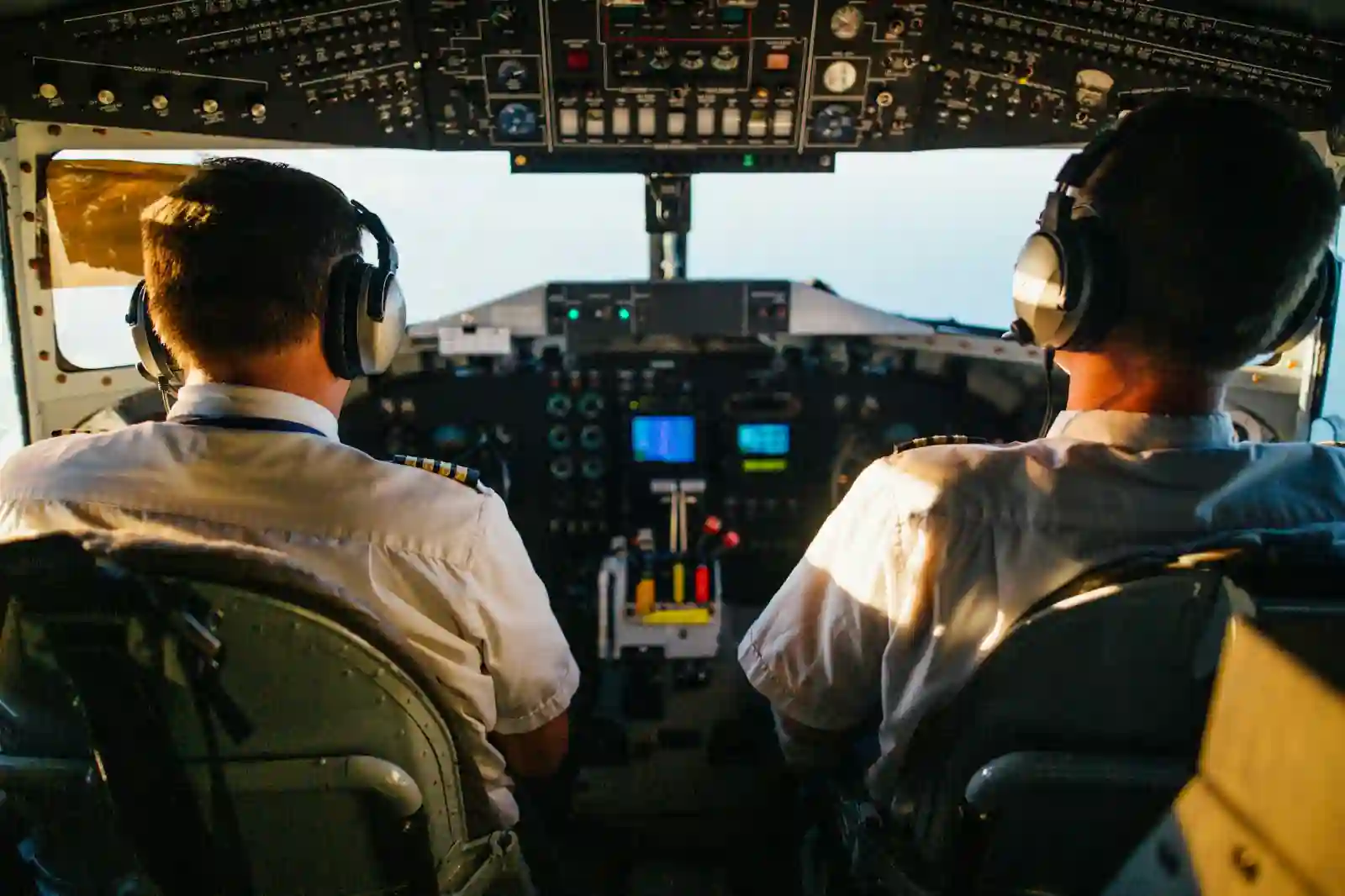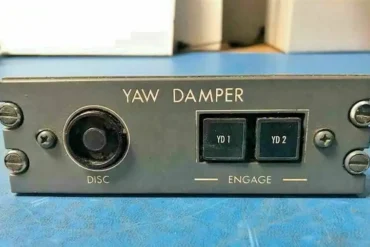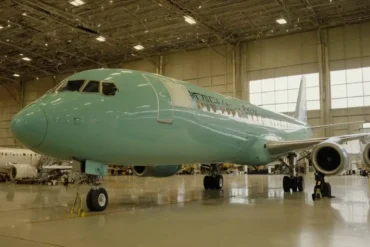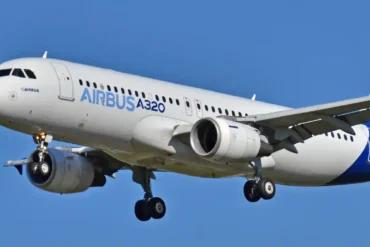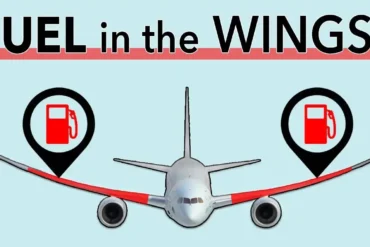The prevalence of white-painted airplanes has become such a norm that we often overlook their original state. Looking up at the sky reveals a sea of white, making us wonder why this color choice dominates aviation. Let’s unravel the mystery.
Planes Weren’t Always White
In the early days of commercial aviation, spotting a white airplane was rare. Manufacturers and airlines favored bare metal or chrome, opting for minimal or no paint.
The shift away from metal and chrome happened because they quickly got dirty or dusty. Airlines found themselves constantly polishing and cleaning to keep up appearances for passengers. So the switch to white paint began. But why white?
Why White Prevails in Aircraft Painting
1. White Reflects Sunlight Best
If airplanes are mostly white, it’s because white paint reflects sunlight the best. Whether flying or parked, aircraft endure a lot of sun. So white paint keeps the cabin cooler and protects against potential sun damage.
Think of how white cools you on a hot summer day, like sunscreen shields skin from the sun’s harm. The reflective quality of white prevents damage from absorbing solar radiation.
2. White Reduces Bird Strike Risk
While not obvious, white airplane paint helps reduce bird strike risk. Bird collisions threaten aircraft safety, with 17,228 incidents in the US in 2019 alone.
White enhances visibility for birds, letting them spot the danger and take evasive action. Darker colors reduce contrast, making detection harder and increasing bird strike risk.
3. White Fades Less Than Other Colors
Aircraft face many atmospheric challenges – ice, wind, rain, temperature changes – which wear down their paint. Colored paints fade faster than white, making the plane less visually appealing to passengers. Airlines must then repaint, costing $150,000 to $300,000 and grounding the plane 1-2 weeks. A fresh coat also adds 550 kg, increasing fuel use and reducing profits.
Studies confirm white maintains its color longer than other shades. Despite gradual fading, white prevails as the least prone to fading, saving companies money.
4. White Makes Damage Easy to Spot
Aircraft engineering requires regular safety checks for defects like damage or wear. Even before each flight, ramp engineers and pilots conduct visual inspections.
White makes identifying bumps, cracks, bird strikes, and oil spills straightforward. These damages stand out against the white surface. So white streamlines safety routines, protecting pilots and passengers.
5. White Is the Most Economical Choice
Aircraft paints, a unique polyurethane blend with catalysts and activators, cost far more than regular paints. An airplane’s huge surface area adds major expense, with a Boeing 737 needing at least 240 liters and an Airbus A380 a whopping 3,600 liters.
As the most common color, white paint is the most affordable option. This makes it the preferred choice for many airlines. Plus, white’s thinness keeps it lightweight, aligning with the principle that lighter aircraft use less fuel.
